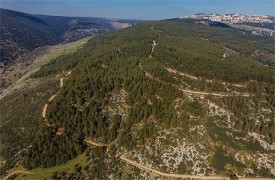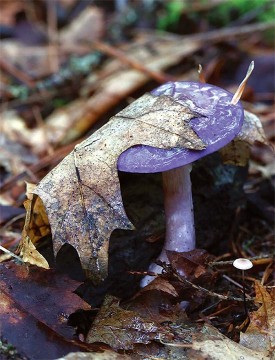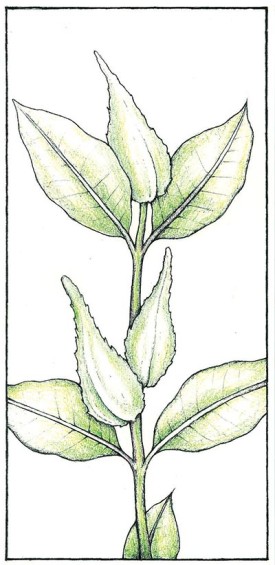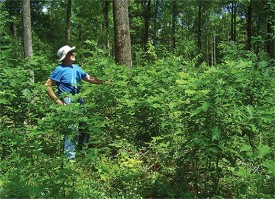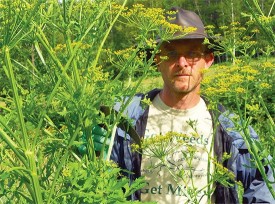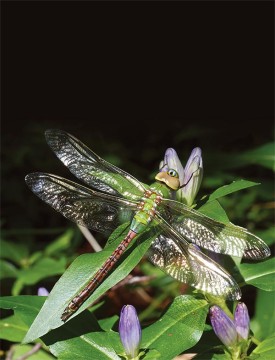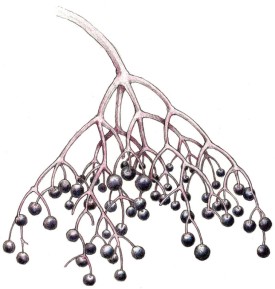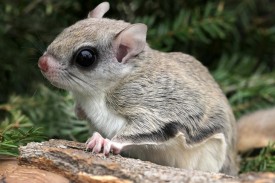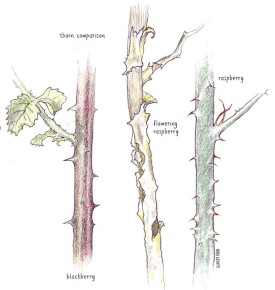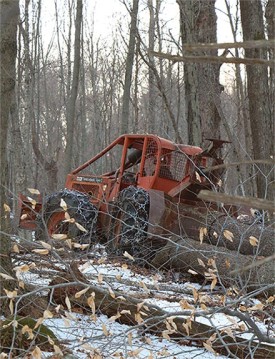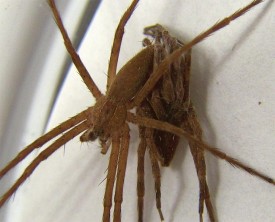I’ve traveled to Israel many times, but on my most recent trip, I found the forested hills between Tel Aviv and Jerusalem more awe-inspiring than ever. The hills are blanketed in tall…
Knots and Bolts
Late Summer Corts
This slimy, purple mushroom belongs to the genus Cortinarius. With about 2,000 species, it’s the largest genus of mushrooms in the world. Mushrooms in this genus have partial veils, or…
Milkweed: Local’s Choice
All foraging is local. Wild food guides are written for audiences that may stretch across a continent, but the edibility and flavor of plants vary from place to place. The common milkweed is a…
Written in Stone
Stone walls are a defining feature of the northeastern landscape, snaking through the woods and fields, across ridges and valleys. They are monuments to life and to lives gone by. We caught up…
The Romanian Carpathians
The Carpathians are often referred to as “the Green Heart of Europe.” It’s a big heart: the 1,800-kilometer Carpathian arc is Europe’s largest mountain range and…
The Economics of Managing a Small Woodlot
Michael Tree Farm is in the Town of Triangle, in Broome County, New York. When my parents purchased a 40-acre parcel there in 1955, it consisted of a 20-acre second growth hardwood forest and…
Life of a Leech
Of the 650 species of leeches that exist in North America, some 500 inhabit fresh water. Most are predacious, feeding on worms, snails, fish eggs, and aquatic insects. Some are scavengers.…
Japanese Knotweed and the Culinary Control of Invasives
Occasionally I read articles that tout the edibility of invasive wild plants and urge readers to “eat the invasives.” All it may take to manage invasive species, they suggest, is…
The Rube Goldberg Land Exchange
In these days of governmental gridlock, it is difficult to imagine government agencies cooperating to do anything that is even slightly complicated. But it hasn’t always been that way.…
Otter Holes
River otters are the most aquatic members of the weasel family. They can swim up to six or seven miles per hour on the surface of the water as well as underneath it, and can remain submerged…
Wintergreen: a Splash of Winter Color
Gaultheria procumbens goes by many common names – checkerberry, teaberry, and boxberry. But it is most often called American wintergreen. Even those unfamiliar with the plant will…
A Steward of Native Flora
Mike Bald is a small business owner in east-central Vermont, and his business is the control of nonnative invasive plants. At first glance, his work is simple: he pulls weeds for customers. At…
Lead Ammo is Lethal
November 15, 1976. Late that morning I would shoot my first deer, a buck. But what I remember most about that day is a bird. Burned into my mind is the image of a northern goshawk tail-chasing…
Discovering the Olympic Rain Forest
Late last June, we drove south from Seattle, then north, circumnavigating Puget Sound. Through occasional showers, we caught glimpses of our destination, the jagged Olympics, clothed in forest…
Common Green Darners Migrating
The common green darner, Anax junius, is one of our largest dragonflies, measuring three inches long with a four-inch wingspread. It is strikingly colored, with a green thorax and a bright…
Elderberry Jelly
“Your father smelt of elderberries,” taunts the French knight in Monty Python and the Quest for the Holy Grail. And that was not a compliment. Even Euell Gibbons, the…
Flying Squirrels Visiting Bird Feeders
Those of us in black bear country are advised to avoid feeding birds during spring, summer, and early fall – it’s good advice. When I put my feeders back up in late fall, however,…
Wild Brambles: Sweetness and Thorns
Brambles are hard to mistake thanks to their clustered globes of fruit (what botanists call an “aggregate of drupelets”) and their even more noticeable thorns. At some time, just…
Loggers Struggle with Workers’ Comp Insurance Rates
Congressional leaders are currently reexamining our country’s broken health care system, which has meant a slew of news stories about different aspects of the problem that might be…
Venus in Silks
The prospective groom carefully drapes a silken veil across his chosen mate’s head, then wraps four of her eight legs, her chelicerae, and her pedipalps. It turns out human brides…


